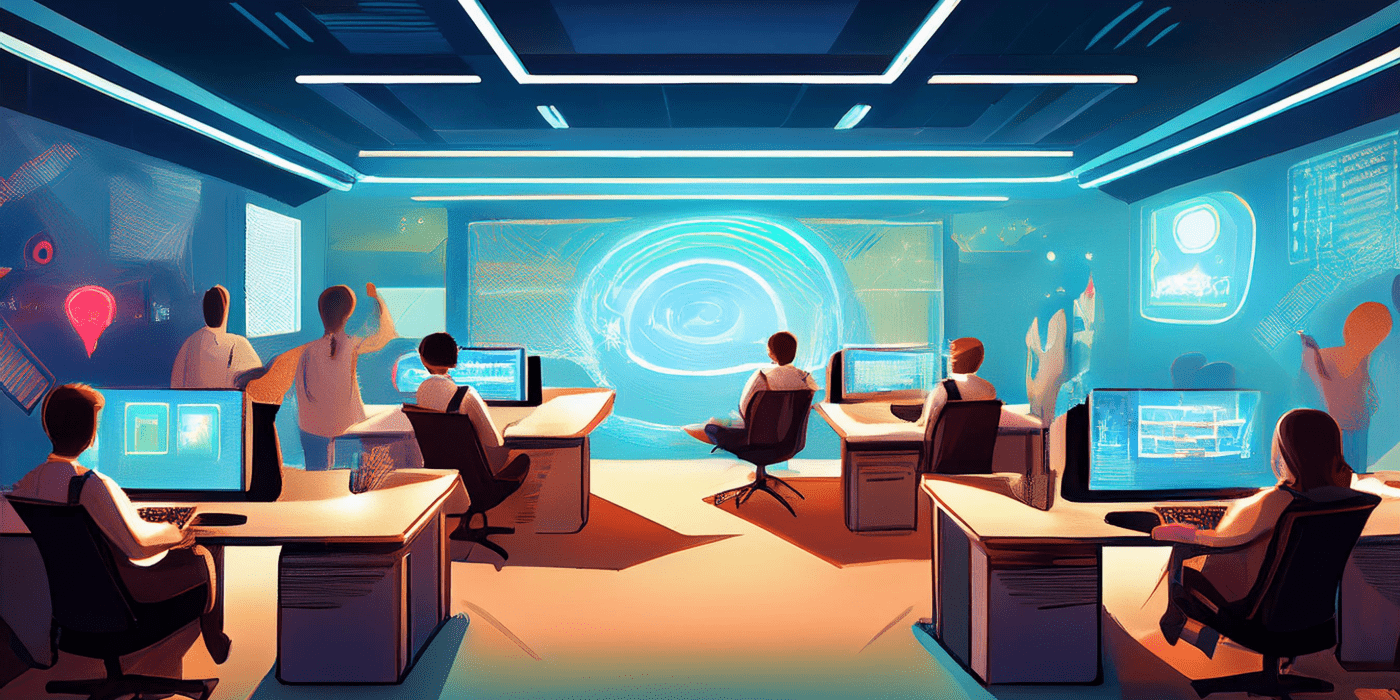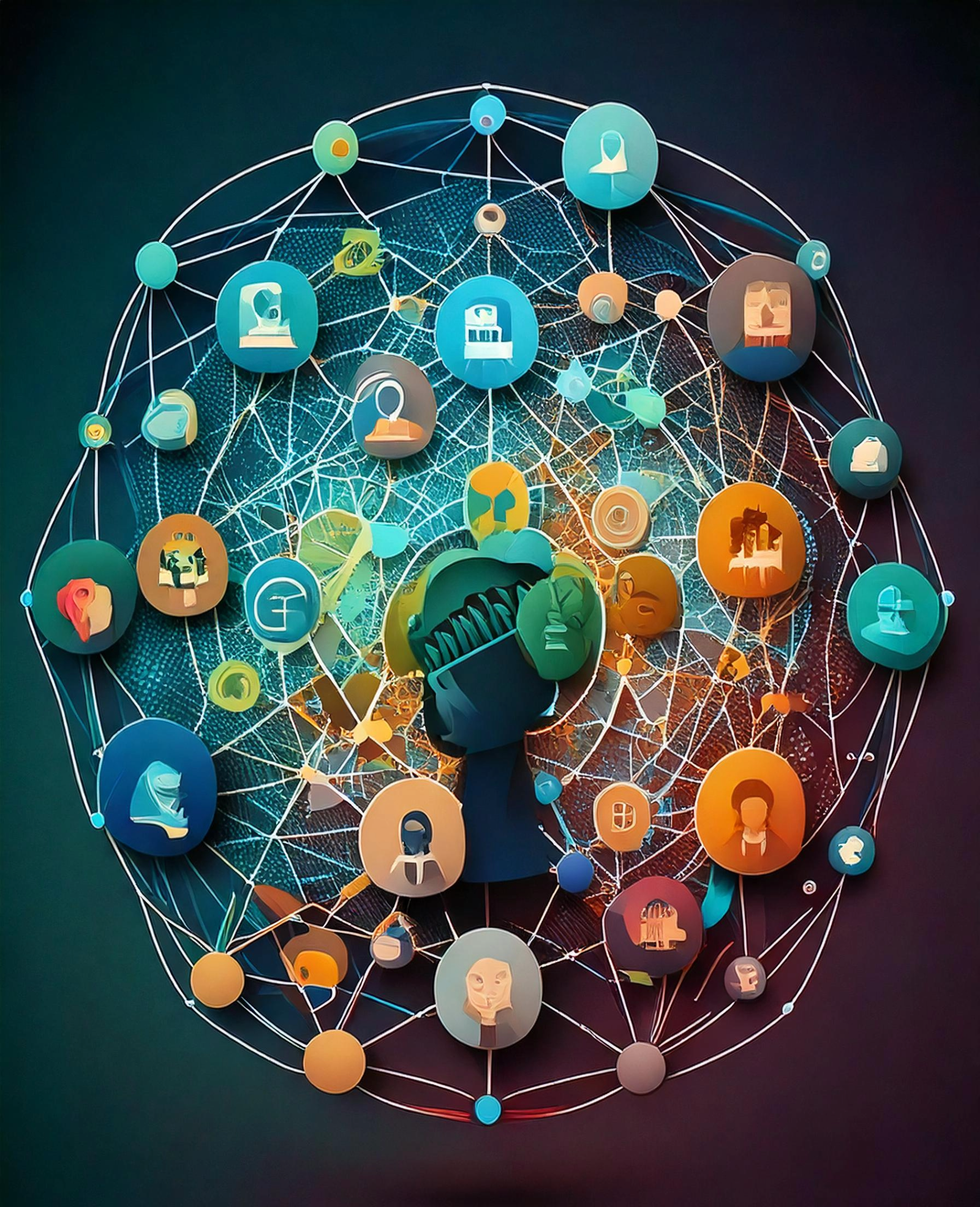- 1. Understanding Gamification in the Workplace
- 2. The Role of Gamification in Enhancing Communication
- 3. Practical Applications of Gamification in Professional Communication
- 4. Challenges and Ethical Considerations
- 5. Future Trends in Gamified Communication
- Conclusion: Unlocking the Potential of Gamification
In today’s fast-paced corporate landscape, fostering effective communication within teams has never been more crucial. Yet traditional methods of professional interaction often fall short of engaging employees and inspiring collaboration. Enter gamification—a transformative strategy that incorporates game-like elements into workplace communication to enhance engagement, motivation, and team dynamics.
Gamification in professional communication is more than just adding points or badges; it’s about creating meaningful experiences that drive behavior and strengthen organizational culture. In this post, we explore the innovative ways gamification is reshaping how teams communicate, collaborate, and connect.
1. Understanding Gamification in the Workplace
Gamification refers to the application of game-design principles in non-game contexts, such as professional communication. By integrating elements like competition, rewards, and storytelling, gamification transforms routine tasks into interactive and enjoyable experiences.
Core Elements of Gamification:
- Points and Rewards: Recognizing contributions fosters a sense of accomplishment.
- Leaderboards: Encouraging healthy competition to boost performance.
- Badges and Achievements: Celebrating milestones to maintain motivation.
- Challenges and Quests: Framing tasks as missions to inspire creative problem-solving.
Why It Works:
Gamification leverages intrinsic human motivations, such as the desire for achievement, recognition, and mastery. When applied effectively, it enhances communication by making interactions more engaging and outcomes more impactful.
2. The Role of Gamification in Enhancing Communication
Boosting Engagement:
Gamification captures attention and sustains interest, making routine updates or feedback sessions more engaging. For example, teams might use digital platforms like Slack to host trivia challenges related to company goals or product knowledge.
Fostering Collaboration:
By introducing shared goals and team-based challenges, gamification encourages collaboration across departments. Employees are more likely to participate actively when tasks are framed as collective missions.
Improving Feedback Cycles:
Gamified tools can streamline feedback processes. For instance, peer reviews could incorporate gamified elements like anonymous kudos systems, where employees earn points for constructive feedback and recognition.
3. Practical Applications of Gamification in Professional Communication
Team Meetings:
Transform routine meetings into engaging sessions by incorporating gamified elements. For example:
- Introduce icebreaker games to spark creativity.
- Use leaderboards to track team contributions during brainstorming sessions.
Training and Development:
Gamification in training enhances knowledge retention and skill development. Employees can complete modules, earn badges, and compete for top spots on leaderboards, creating a sense of achievement.
Internal Communications:
Company-wide communications can incorporate gamified elements like scavenger hunts or quizzes to disseminate important updates in an interactive way. For example, a quiz on company values might include prizes for high scores.
Onboarding New Employees:
Streamline the onboarding process by turning it into a gamified journey. New hires could earn points by completing tasks such as meeting teammates, learning about the company’s history, or exploring organizational tools.
4. Challenges and Ethical Considerations
While gamification offers numerous benefits, it’s essential to address potential challenges:
Overemphasis on Competition:
Excessive focus on leaderboards may create unhealthy competition. Balancing individual and team-based rewards ensures inclusivity.
Equity and Accessibility:
Not all employees may respond equally to gamified approaches. Ensuring that tools are accessible and inclusive is crucial to avoid alienating team members.
Avoiding Tokenism:
Superficial gamification efforts can undermine credibility. Gamification must align with organizational goals and values to maintain authenticity.
5. Future Trends in Gamified Communication
As technology evolves, gamification is poised to play an even larger role in professional communication. Emerging trends include:
AI-Driven Personalization:
AI-powered platforms will enable tailored gamification experiences, adapting challenges and rewards to individual preferences.
Virtual and Augmented Reality:
Immersive technologies will enhance gamified communication by creating interactive virtual spaces for meetings, training, and team-building activities.
Blockchain-Based Rewards:
Blockchain can introduce secure and transparent reward systems, allowing employees to earn tokens that can be exchanged for tangible benefits.
Conclusion: Unlocking the Potential of Gamification
Gamification in professional communication represents a paradigm shift in how teams interact and collaborate. By tapping into intrinsic motivations and leveraging innovative technologies, organizations can create engaging, dynamic environments that foster connection and drive results.
As we navigate an increasingly digital workplace, the question is no longer whether to adopt gamification but how to implement it effectively. By aligning gamification strategies with organizational goals and team dynamics, businesses can unlock new levels of engagement, productivity, and innovation.




